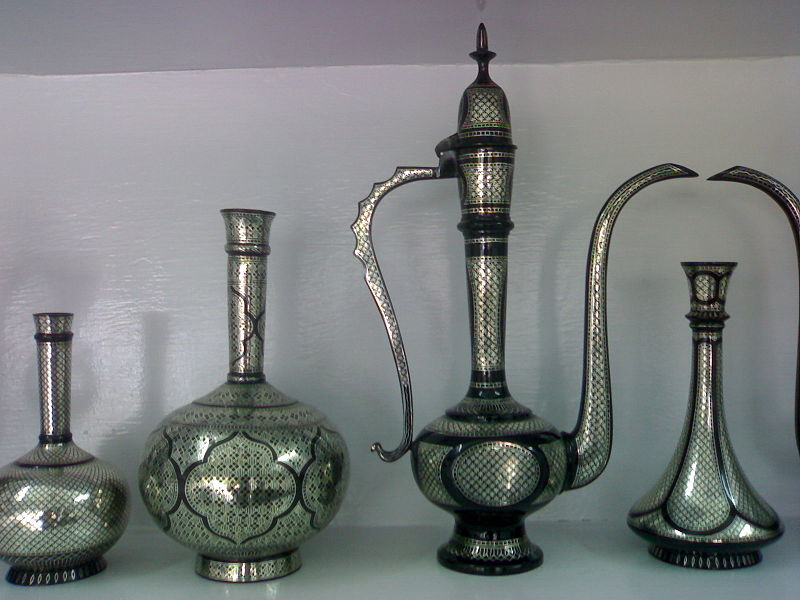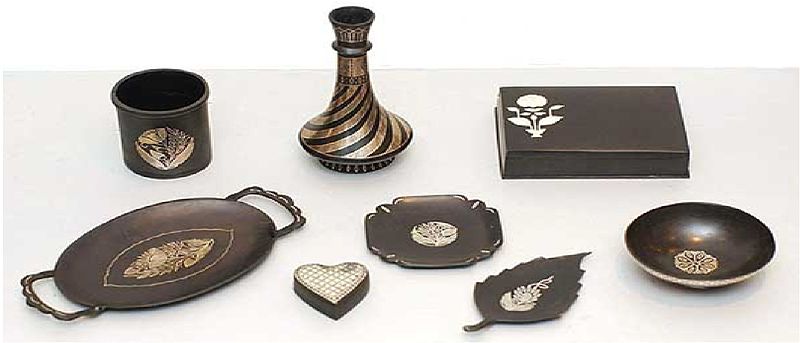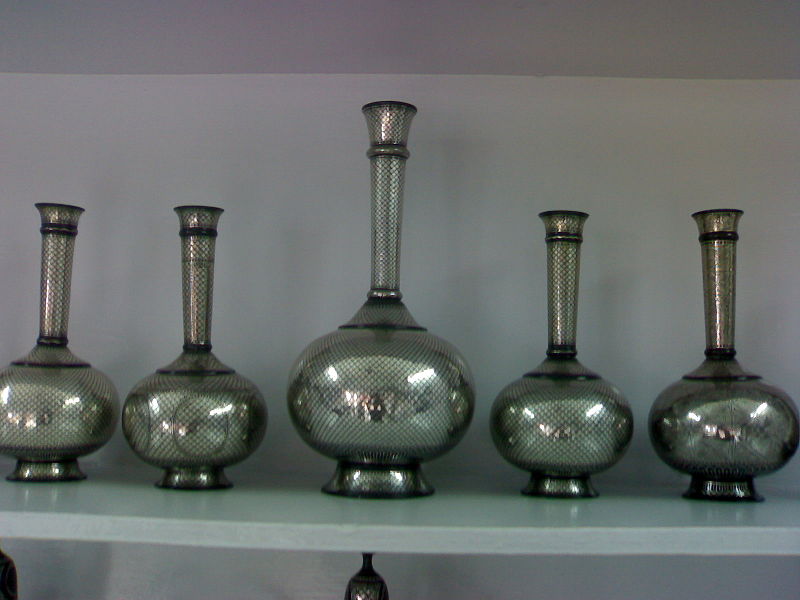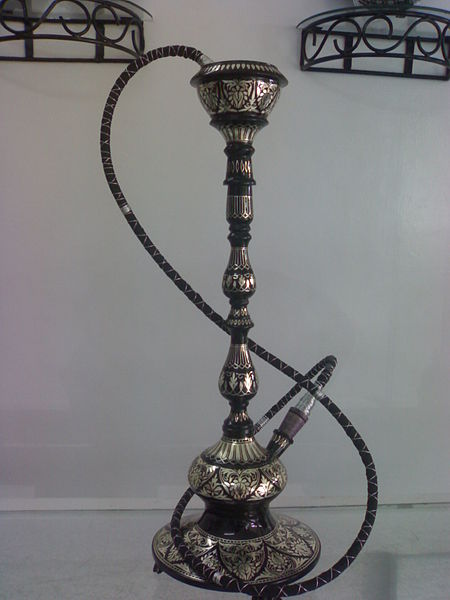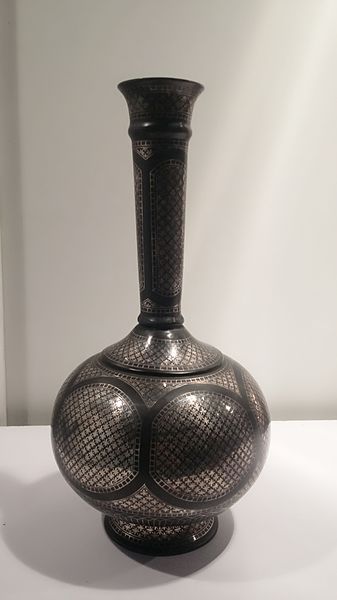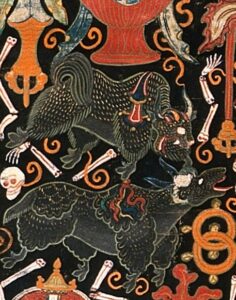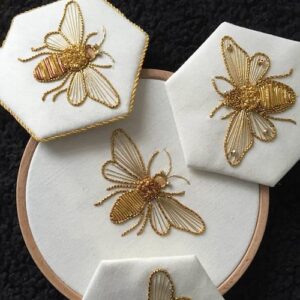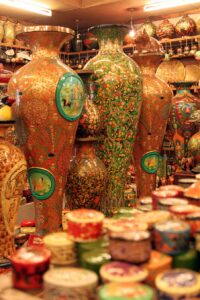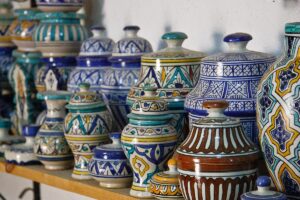Everything you need to know about
Birdriware.
The art and craft forms of a region depict its culture and influence hugely.
Karnataka in India is one such state with diverse kind of handicrafts and artisans.
Bidriware is one such wealthy and popular craft from this region.
This artform clearly showcases the rich culture and heritage of Karnataka.
The shining and lustrous final products of this artform are considered a rich symbol of wealth and decor.
As most of the traditional handicrafts of India, Bidriware is also generational.
It is a family legacy that has been taught and performed since generations in Bidar.
It is also an extremely important exported handicraft of India.
Countries across the world, especially in the west collect and appreciate this art form beyond any measures.
So, let’s trace the journey of this handicraft right from its origin.
What is the origin of Bidriware?
The credit of the origination of Bidriware goes to the rulers of Bidar in the 14th century.
The Bahamani sultans reportedly encouraged and helped in the import and export of bidriware during the 14th-15th centuries.
This art form was initially practised in Persia and its style and design are still very much influenced by Persian and Arabic art.
It was brought to India by the followers of Sufi Khwaja Moinuddin Hasan Chisti with utensils.
From this, Bidriware was developed as an art form having Turkish, Persian and Arabic influences.
These foreign influences were blended with the local style and culture of Bidar and the final product was what we know as Bidriware.
Hence, this art form is extremely diverse in its style and influences.
The Indian heritage mixed with the culture of central Asia.
Sultan Ahmed Shah Bahmani invited craftsmen from Iran named Abdullah bin Kaiser to decorate and design courts.
Abdullah reportedly took the help of the local craftsmen to create this art form for the Bahmanis.
Slowly, this technique and skill spread all across the region of Bidar and became the most important legacy of this region.
Families have been creating Bidriware since generations and helping to preserve this distinct art form.
What is the process of making Bidriware?
The making of Bidriware is a long eight-step process.
These processes include moulding of the initial shape, smoothening and polishing of these shapes and finally designing of the chisel.
Final engraving of silver is then done on metal followed by the process of smoothening again.
Then this artwork is processed by buffing and then finally it is oxidised by soil and aluminium chloride.
The bidriware metal handicraft, as mentioned before, is made by blending the alloy of copper and zinc in a ratio of 1:16 through the process of casting.
In the first step, a mould is made of soil.
This mould is then made malleable by the addition of castor oil and resin.
Molten metal is poured into this mould to create a cast. This cast piece is then polished through filing.
The polished casting is then coated with a concentrated copper sulphate solution to give it a temporary black colour.
Then artisans draw rough freehand designs over this coating for reference.
Fine wires of real silver are hammered into these designs.
Ultimately, artisans engrave these freehand designs by hand onto the metal.
They create extremely unique and intricate designs that give the Bidriware craft its unique and luxurious status.
The final product is filed, buffed and then polished to give its final shine.
The temporary black coating of copper sulphate is also removed during this process.
The final product is a shiny silvery white.
The artefact is processed through a final process of blackening.
A unique and special kind of soil is used in this process.
This soil is mixed with aluminium chloride.
This paste is then rubbed on the hot surface of the bidriware artefacts.
The permanent black colour is given to the product without damaging the silver engravings.
The remaining paste is rinsed and the artefact is rubbed with oil to give a final shine.
The resulting product is a shinning and polished black with intricate designs and silver inlay.
Did you notice that we talked about a unique soil that is used in this long process to give the final permanent colour?
It is said to be the most important part of this art form.
Let’s find out more about this soil.
What is unique about the soil of Bidri?
The soil of the town in Bidar is known to have multiple qualities.
It is one of the main features of Bidriware, giving it its well-known black shine and detailed designs.
Some artisans say that this kind of soil has great oxidizing properties which is extremely beneficial in the bidriware making process.
Others believe that this soil is found on the remains of a mine and thus it has several metal extracts.
This quality helps in giving the artefacts their black shine and colour.
The choice of mud and soil used in the whole process of making Bidriware is of prime importance.
Artisans are very careful while selecting the kind of soil for their artefacts.
Many traditional techniques for testing the right soil exists.
Now, let’s talk more about the kind of patterns and desgins found on Bidriware crafts.
The unique patterns of Bidriware
The traditional designs on Bidriware handicrafts included, flowers, geometric shpes, leaves, human figurines, poppy plants, etc.
All such designs are of persian and middle-east origin from where this art is derived.
In india, mythological figures from epics and tales and various other traditional Indian designs are also engraved into these artefacts made from Bidriware.
The regions near Ajanta caves also derive designs from it to give a unique approach to the final product.
In medeival times, this art form was used to make royal hookahs, paan-holders, vases and many grand things for the royal court.
Now, the art form has taken a moden approach in order to survive.
Let’s find out how?
How is Bidriware surviving in modern times?
New innovations and designs are aiding this ancient art in its survival.
Industrialization and invention of machinery, did put handicrafts on the back seat.
However, with the constant efforts of various organizations and artisans’ efforts, Bidriware has become extremely popular all over the world.
Organizations like the National Institute of Fashion Technology (NIFT) are developing new designs and artefacts with the help of traditional Bidriware artists.
Karnataka State Handicrafts Corporation is joyously promoting Bidriware all over the world.
As a result of these keen efforts, Bidriware is exported all over the world in the form of various lifestyle accessories.
New artefacts and products are being developed to adapt to the sales in these times.
Items like, papr clubs, usb cables, pen holders, key and locks are being made with the help of this artform.
Who are some famous artisans of Bidriware?
Craftsman if Bidriware are extremely talented and hard-working.
Some of these artists have been able to grab international attention for their craft.
Shah Rashid Ahmed Quadri is one such artist from Karnatka who has won numerous award for his contribution to Indian handicrafts.
Some of them include, Nayional award in 1988, Karnataka state award, Great Indian Acheivement award, etc.
These craftsmen are doing everything they can to keep their legacy alive and thiriving in these modern times.
This handicraft is just not limited to one place in India.
What are the other places where Bidriware is practised?
Bidriware got its name from the district of Bidar in Karnakata.
It is still not limited to this city only.
Hyderabad in Telangana is also a vibrant hotspot of Bidriware handicraft.
Other places where this craft is extensively practised are Lucknow, Purnia and Murshidabad.
These places produce various beautiful and distinct variants of Bidriware metalcraft.
Every area has its different designs and techniques that are used to produce a final product.
In alignment with the legacy of India, Bidriware has its own history and modern inventions.
Handicrafts have the power to connect us to our roots and traditions and Bidriware does the exact same thing.
It reminds us how diverse and beautiful the Indian subcontinent is.
It allows us to understand the value of the Indian soil, which is basically the livelihood of our farmers and artisans.
The constant efforts of various organizations to keep Bidriware alive portrays the emergence of knowledge on it.
We should read and learn more about this beautiful handicraft of India.
The local craftsmen doing this for generations need our attention and support to keep this alive.
Now, if you think we missed anything in this journey of Bidriware that we tried to trace here then please let us know.
You can also drop in your suggestions if you want us to cover some specific art and craft form of India.
Did we miss something?
Let us know in the comments down below!


